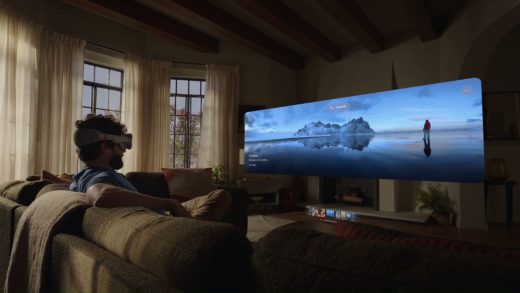
With Chandrayaan-3 mission’s Lander ‘Vikram’ and rover ‘Pragyan’ scheduled to touch down on the Lunar surface on Wednesday, the task for the duo is cut out and here is what they will do once they reach the Earth’s only natural satellite.
The Lander has the capability to touch down at a specified lunar site and deploy the Rover which will carry out in-situ chemical analysis of the lunar surface during the course of its mobility.
The Lander and the Rover have scientific payloads to carry out experiments on the lunar surface. The main function of the Propulsion Module (PM) was to carry the Lander Module (LM) from the launch vehicle injection to the final lunar 100 km circular polar orbit and separate the LM from the PM, which it did.
Apart from this, the PM also has one scientific payload — Spectro-polarimetry of Habitable Planet Earth (SHAPE) payload to study the spectral and Polari metric measurements of Earth from the lunar orbit — as a value addition.
Following are the major specifications of the lander and rover.
• The lander has a mission life of one Lunar day, which is equivalent to 14 Earth days.
• It has a mass of 1749.86 kg including Rover
• There are four scientific payloads in it
• Radio Anatomy of Moon Bound Hypersensitive Ionosphere and Atmosphere (RAMBHA) will measure the near-surface plasma (ions and electrons) density and its changes with time.
• Chandra’s Surface Thermophysical Experiment (ChaSTE) will carry out the measurements of thermal properties of the lunar surface near the polar region.
• Instrument for Lunar Seismic Activity (ILSA) will measure seismicity around the landing site and delineate the structure of the lunar crust and mantle.
• Laser Retroreflector Array (LRA) from NASA is a passive experiment to understand the dynamics of the Moon system.
• LRA will have seven sensors including Lander Hazard Detection & Avoidance Camera.
• Lander has six mechanisms, which are Lander leg, Rover Ramp (Primary and Secondary), Rover, ILSA, Rambha & Chaste Payloads, Umbilical connector Protection Mechanism, and X- Band Antenna Rover:
• Laser Induced Breakdown Spectroscope (LIBS) Propulsion Module for qualitative and quantitative elemental analysis
• LIBS will help derive the chemical composition and infer mineralogical composition to further our understanding of the lunar surface.
• Alpha Particle X-ray Spectrometer (APXS) will determine the elemental composition (such as magnesium, Aluminium, Silicon, Potassium, Calcium, Titanium, and Iron) of lunar soil and rocks around the lunar landing site.
(This story has not been edited by NDTV staff and is auto-generated from a syndicated feed.)


